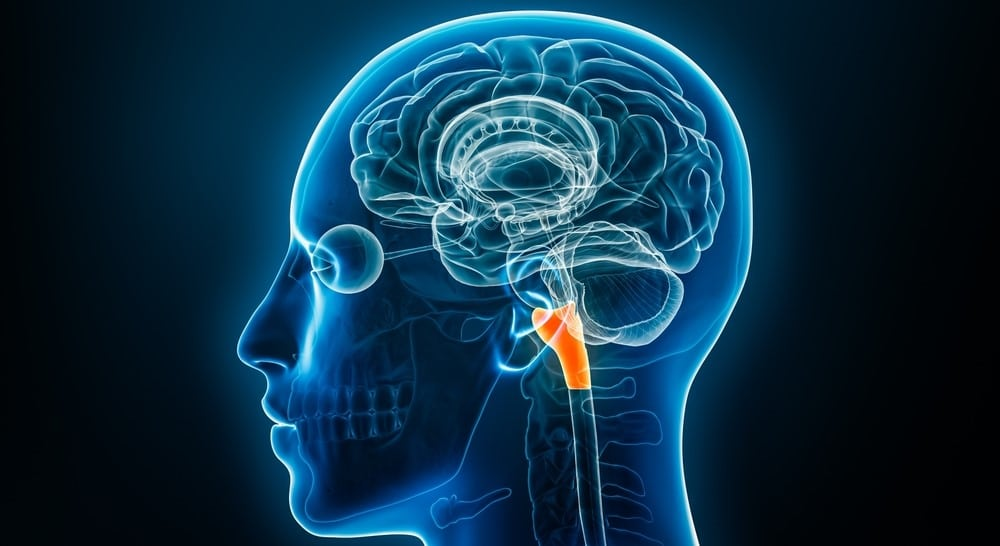


Chiari Malformation
Chiari malformation is a congenital structural disorder in which cerebellar tissue—particularly the tonsils—descends from its normal position into the spinal canal. This downward displacement can obstruct the flow of cerebrospinal fluid (CSF), leading to a range of neurological symptoms.
Types
Type I: The most common form. Usually presents symptoms during childhood or adulthood. The cerebellar tonsils descend below the foramen magnum.
Type II (Arnold-Chiari Malformation): A more severe form, often associated with spina bifida.
Types III and IV: Rare and more severe forms involving significant structural abnormalities of the brain.
Symptoms
Headache (especially worsened by coughing, sneezing, or bending)
Neck pain
Balance and coordination problems
Numbness or tingling (especially in the arms)
Difficulty swallowing, voice changes
Accumulation of fluid in the spinal cord (syringomyelia)
Diagnosis
Magnetic Resonance Imaging (MRI): The gold standard for diagnosis; shows the extent of cerebellar tonsil descent through the foramen magnum.
Treatment
Observation: In mild or asymptomatic cases, regular monitoring may be sufficient.
Surgery: In patients with significant compression symptoms, posterior fossa decompression surgery is typically performed to restore CSF flow and relieve pressure.
Outcome
With early diagnosis and appropriate treatment, symptoms can be managed effectively, and quality of life can be significantly improved in many patients.